This article was co-authored by Landis Owens and by wikiHow staff writer, Hannah Madden. Landis Owens is a Personal Trainer and the Owner of Almighty Personal Training Studio in Tempe, Arizona. With over 15 years of experience in the health and fitness industry, Landis specializes in weight loss, nutrition, and core and strength training. Landis received a football scholarship to Mesa Community College where he studied Engineering and Sports and Exercise. He is an ISSA Certified Personal Trainer and also holds certifications in Nutrition, Youth Sports, Injury Stay Free, and CPR. Landis also competes in bodybuilding competitions.
There are 15 references cited in this article, which can be found at the bottom of the page.
This article has been viewed 17,545 times.
If you’re injured, pregnant, or you sit down a lot during the day, you might be feeling some coccyx (tailbone) tightness or pain. While you can’t stretch your tailbone itself, you can work the muscles around it so they’re looser and don’t spasm as much. Try to do these exercises every day or whenever you’re in pain to get some quick relief.
Steps
Child’s Pose
-
1Get onto your hands and knees in a crawling position. If you aren’t on carpet, put down a yoga mat to cushion your knees. Support your weight with your hands and your knees as you get onto all fours.[1]
- If you have bad knees, put a pillow underneath them for an extra cushion.
-
2Push your hips backward, spreading your knees outward at the same time. Lower your upper body down toward the floor as you go. You may start to feel a slight stretch in your hips as you shift backward. Stop when your rear hits the lowest point that it can go, like right above the floor.[2]
- Face your knees slightly away from your body at a 45-degree angle from your torso.
Advertisement -
3Stretch your arms out in front of you. Put your head down and keep your back straight as you push your arms forward in front of you. You should feel a stretch in your upper and your lower back as well as the area around your tailbone.[3]
- You may feel a slight stretch in your hips or your glutes as well.
-
4Shift your hips from side to side for an added stretch. This is called a “wagging stretch,” and you can use it if the child’s pose isn’t quite deep enough. Slowly move your hips to the right, then hold for 5 to 10 seconds before shifting over to the left.[4]
- If shifting your hips back and forth is too much, just stick to a classic child’s pose.
Cat-Cow Stretch
-
1Get onto your hands and knees on all fours. Put your arms just underneath your shoulders and your knees just underneath your hips. If your knees are feeling sore, use a yoga mat or a pillow underneath them for extra comfort.[5]
-
2Arch your back and tuck in your chin. Try to visualize yourself as a cat stretching their back. Push your spine up toward the ceiling as far as it can go, then hold it for 10 to 15 seconds as you inhale in.[6]
- If you feel a twinge in your upper spine, don’t arch up as much.
- You should feel a stretch in your lower back and your tailbone area.
-
3Push your stomach down toward the floor to arch the other way. Bring your head up and look straight in front of yourself. Push your spine downward and create a curved arch with your back and hold this for 10 to 15 seconds as you exhale out.[7]
- This is the “cow” part of the stretch, since your back looks like a saddle.
-
4
Piriformis Stretch
-
1Lie flat on your back with your knees up. You’ll want a yoga mat or a soft blanket beneath you to cushion your spine. Make sure your back is flat on the ground, then bend your knees so your feet are flat on the floor.[10]
- If you need some extra cushion, slide a pillow beneath your spine.
-
2
-
3Hug your knees in toward your chest. Slowly bring your knees upward toward yourself, and use your hands to pull them in tight. Hug your knees as close to your chest as you can to feel the stretch in your lower buttock.[13]
- You might also feel a slight stretch in your hip flexor as well.
- If your back starts to hurt, lower your knees down just slightly.
-
4Hold the stretch for about 10 seconds before switching sides. Breathe in deeply as you hold the stretch, then slowly lower your legs down. Uncross your legs, then repeat the exercises on the right side.[14]
- It’s important to stretch the lower buttock muscles since those connect to your coccyx. If those muscles are tight, they can spasm and cause a lot of pain.
Hip Flexor Stretch
-
1Get into a low lunge position with your left leg in front. Put your left leg out in front of you at a 90-degree angle to the floor. Put your right leg directly behind you flat on the ground in a low lunge position.[15]
- If your right knee is sore, put a cushion underneath it.
- If you’re having trouble balancing, put your hands on your hips.
-
2Tilt your pelvis forward and keep your spine straight. Clench your buttocks to slowly push your hips and pelvis forward. If you feel a pinch in your hips, release the stretch just slightly until it’s comfortable.[16]
- If kneeling is too uncomfortable, you can try this stretch standing instead.
-
3Hold the pose for 10 seconds to feel the stretch in your hip. Breathe in deeply as you hold your stretch to feel it in your right hip flexor. As you hold, slowly sink in a little further to stretch your hips even more.[17]
- For an added stretch, raise your right hand and tilt slightly over to the left.
- Stretching your hip flexors can help loosen the muscles around your coccyx so the area doesn’t feel as tight or sore.[18]
-
4Switch to the right side. Get into a low lunge with your right leg in front and your left leg behind. Push forward with your pelvis and hold the stretch for 10 seconds.[19]
- You can switch back and forth about 10 times.
Tailbone Pain Relief
-
1Sit down on a coccyx cushion. This is a ring-shaped foam cushion that can give you some relief when you’re sitting on flat surfaces. You can find them online or at some drug stores.[20]
- This is really helpful to have if you sit a lot during the day at your job or at school.
-
2Lean forward while you sit. This will help take the pressure off your tailbone. If you can, try to lean forward in your chair and sit more on your thighs than on your glutes.[21]
- It can also help to shift from side to side as you’re sitting to alternate the pressure on each buttock.
-
3Lie on your belly when you sleep. Lying on your back can put pressure on your tailbone and make it feel sore. Try to sleep on your stomach so your tailbone doesn’t hurt throughout the night.[22]
- You can also try sleeping on your side, although this can still put a little bit of pressure on your tailbone.
-
4Use an ice pack if your tailbone feels sore. Your tailbone might feel worse after sitting for a long time or after a fall. You can use an ice pack or a bag of ice cubes to relieve some swelling and pain.[23]
- Wrap the ice pack in a towel to avoid hurting your skin.
- If you’ve injured yourself, you can ice your tailbone every 20 minutes for the first 48 hours. After that, you can do it 2 to 3 times a day.
-
5Take an over-the-counter pain reliever. Ibuprofen and naproxen will help relieve your pain and your swelling. Wait at least 24 hours after your injury to take these medications, since they can increase your risk of bleeding.[24]
- If you have heart disease, kidney disease, liver disease, or high blood pressure, talk to your doctor before using these medications.
- Always follow the dosage instructions on the bottle.
Warnings
- If your tailbone pain hasn’t decreased at all in a few months, talk to your doctor.[26]⧼thumbs_response⧽
References
- ↑ https://www.youtube.com/watch?t=29&v=XJoHj3sBtnw&feature=youtu.be
- ↑ https://www.everydayyoga.com/blogs/guides/how-to-do-child_s-pose-in-yoga
- ↑ https://www.everydayyoga.com/blogs/guides/how-to-do-child_s-pose-in-yoga
- ↑ https://www.youtube.com/watch?t=71&v=XJoHj3sBtnw&feature=youtu.be
- ↑ https://www.acefitness.org/education-and-resources/lifestyle/exercise-library/15/cat-cow/
- ↑ https://www.everydayyoga.com/blogs/guides/how-to-do-cat-cow-pose-in-yoga
- ↑ https://www.everydayyoga.com/blogs/guides/how-to-do-cat-cow-pose-in-yoga
- ↑ https://www.acefitness.org/education-and-resources/lifestyle/exercise-library/15/cat-cow/
- ↑ https://www.youtube.com/watch?t=133&v=XJoHj3sBtnw&feature=youtu.be
- ↑ https://www.spine-health.com/wellness/exercise/stretching-back-pain-relief
- ↑ https://www.youtube.com/watch?t=115&v=WUgpqgfNzzY&feature=youtu.be
- ↑ Landis Owens. Personal Trainer. Expert Interview. 8 June 2021.
- ↑ https://www.spine-health.com/wellness/exercise/stretching-back-pain-relief
- ↑ https://www.youtube.com/watch?t=144&v=WUgpqgfNzzY&feature=youtu.be
- ↑ https://www.acefitness.org/education-and-resources/lifestyle/blog/5681/3-stretches-for-opening-up-tight-hips/
- ↑ https://www.youtube.com/watch?t=335&v=WUgpqgfNzzY&feature=youtu.be
- ↑ https://www.acefitness.org/education-and-resources/lifestyle/blog/5681/3-stretches-for-opening-up-tight-hips/
- ↑ Landis Owens. Personal Trainer. Expert Interview. 8 June 2021.
- ↑ https://www.youtube.com/watch?t=365&v=WUgpqgfNzzY&feature=youtu.be
- ↑ https://www.nhs.uk/conditions/tailbone-pain-coccydynia/treatment/
- ↑ https://www.nhs.uk/conditions/tailbone-pain-coccydynia/treatment/
- ↑ https://medlineplus.gov/ency/patientinstructions/000573.htm
- ↑ https://medlineplus.gov/ency/patientinstructions/000573.htm
- ↑ https://medlineplus.gov/ency/patientinstructions/000573.htm
- ↑ https://www.nhs.uk/conditions/tailbone-pain-coccydynia/treatment/
- ↑ https://www.nhs.uk/conditions/tailbone-pain-coccydynia/treatment/
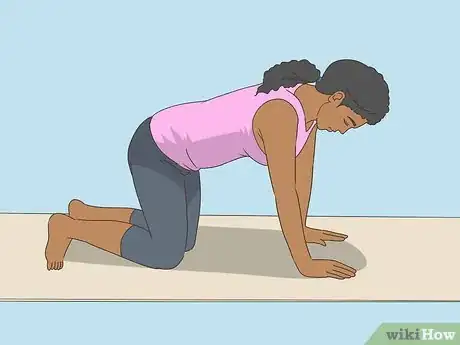
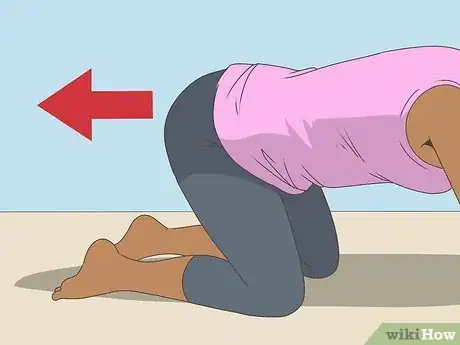
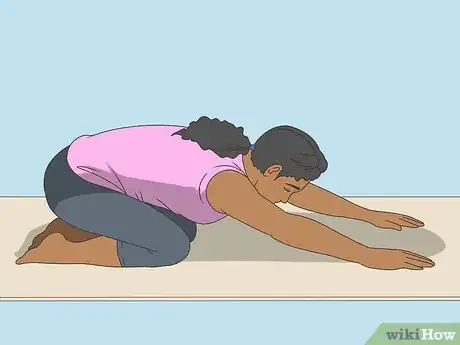
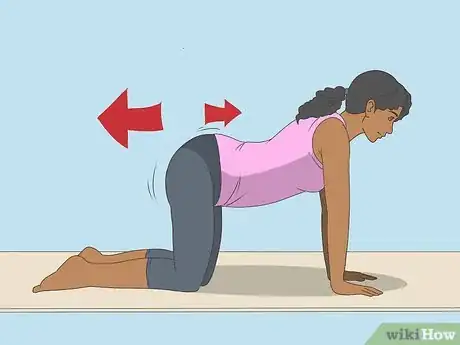


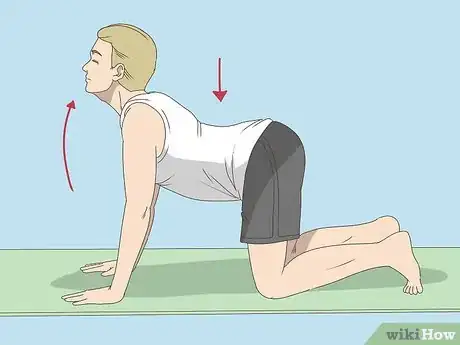

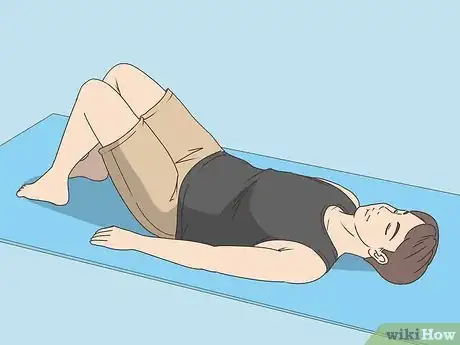
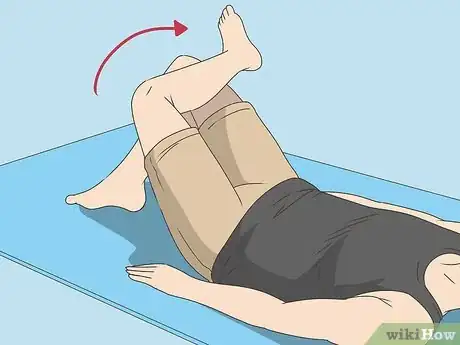

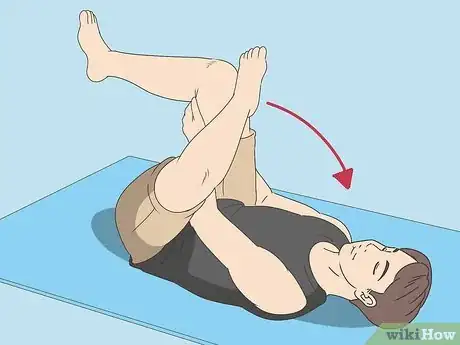
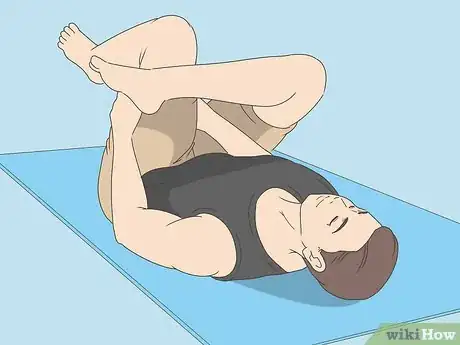
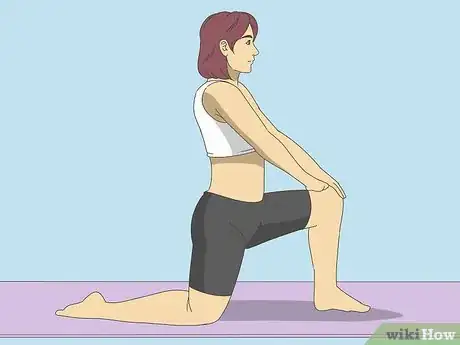
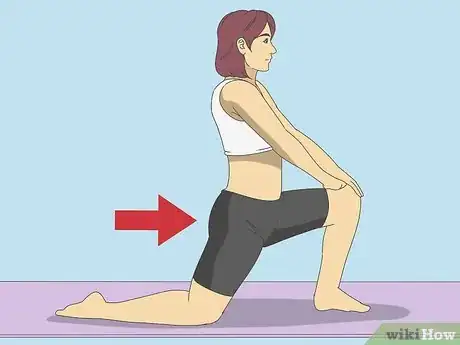
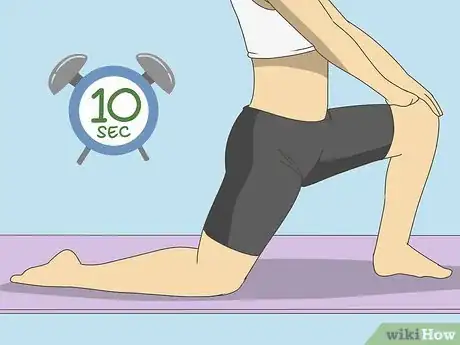
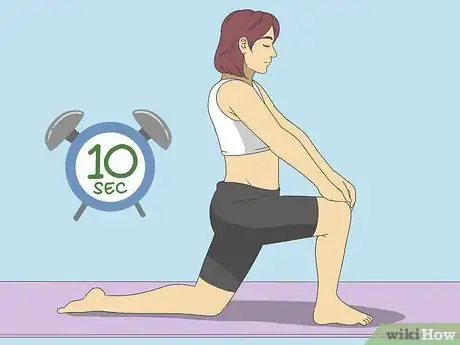
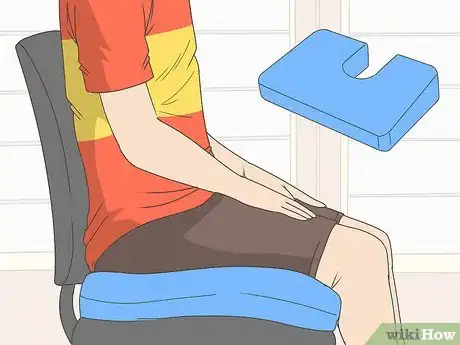
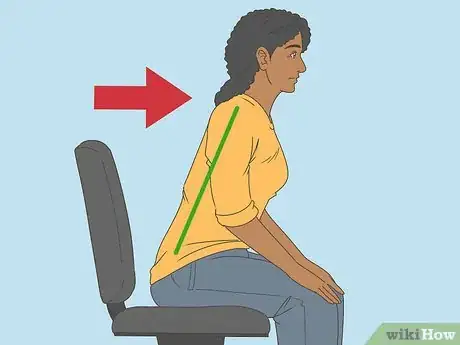
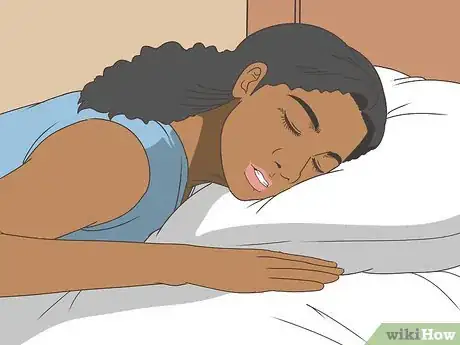

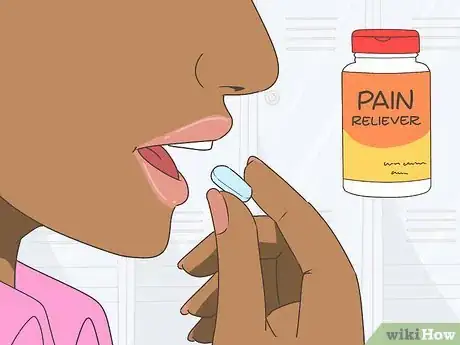
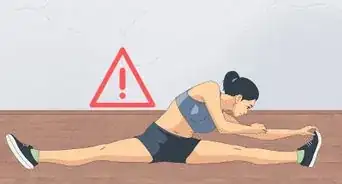

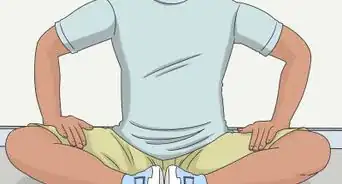
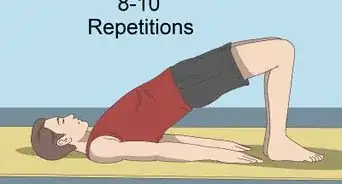
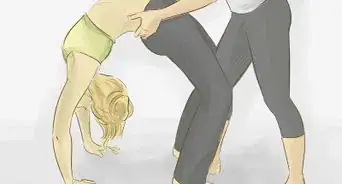
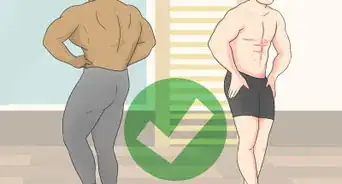
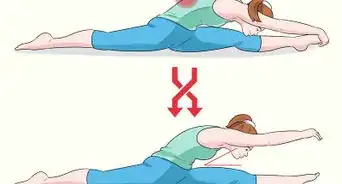
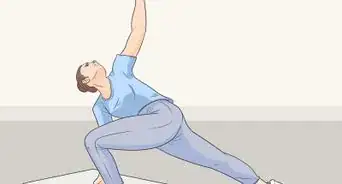
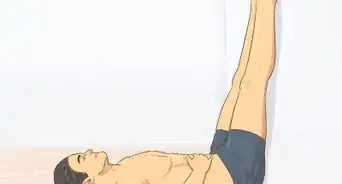
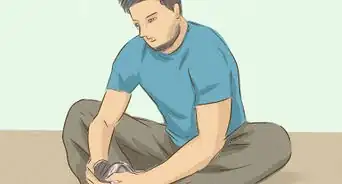








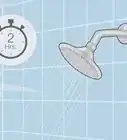




































Medical Disclaimer
The content of this article is not intended to be a substitute for professional medical advice, examination, diagnosis, or treatment. You should always contact your doctor or other qualified healthcare professional before starting, changing, or stopping any kind of health treatment.
Read More...